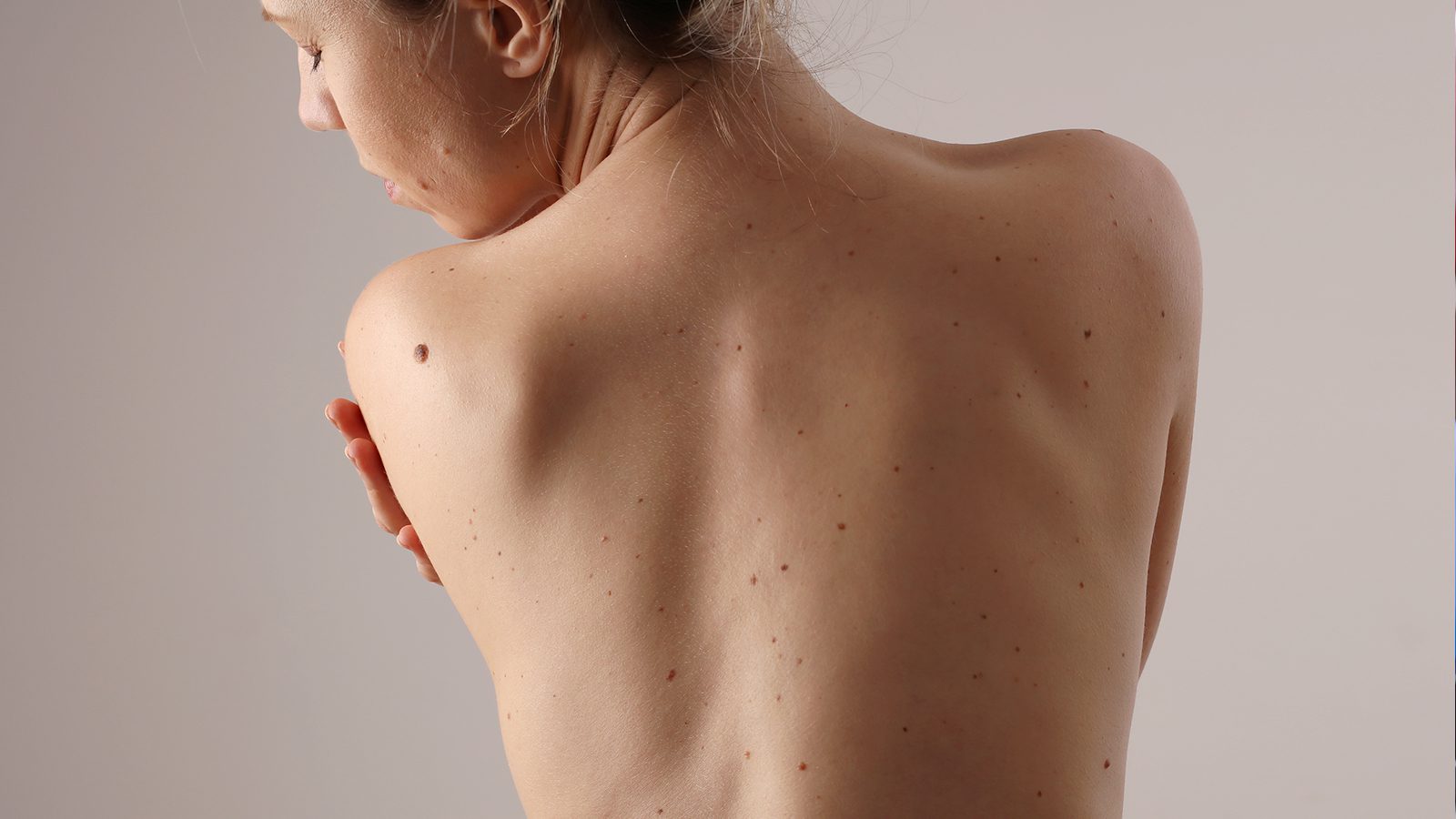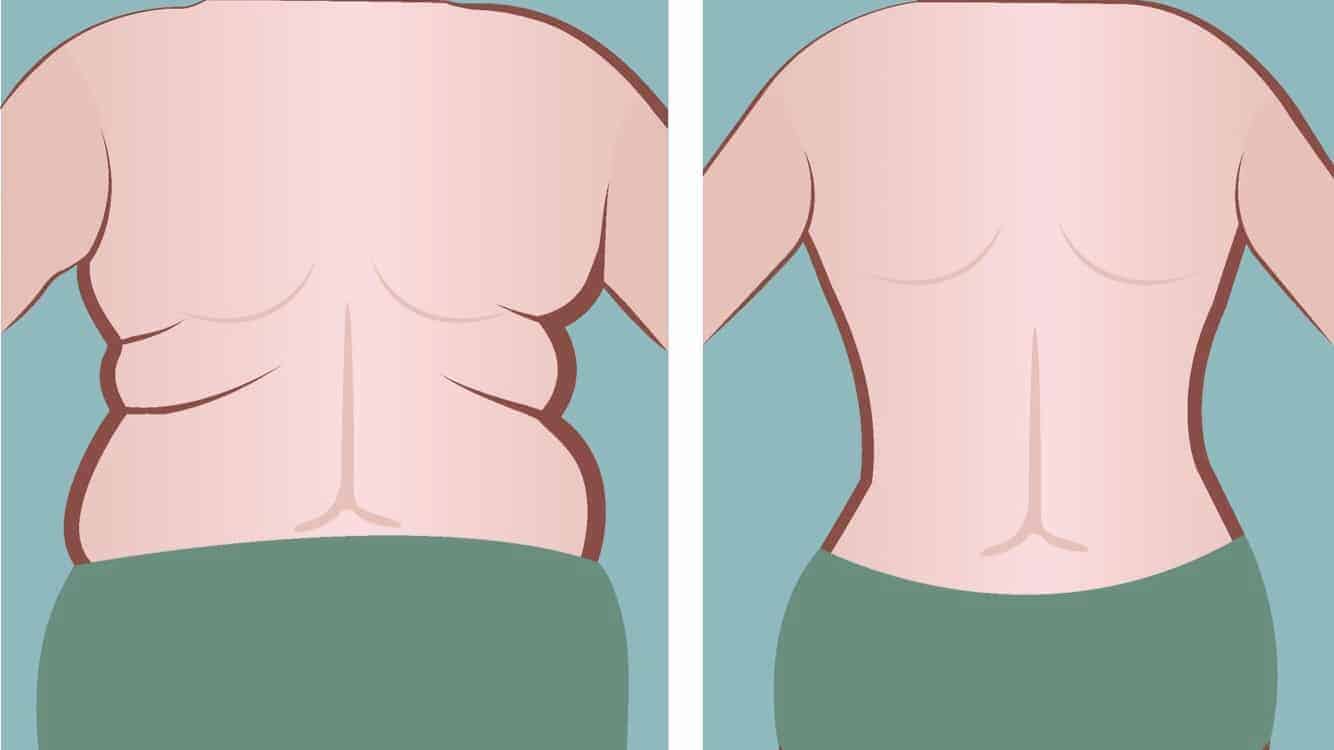It would be best if you made a skin cancer self-exam a routine part of your skincare routine. Why?
Skin cancer can happen to anyone, regardless of skin color or ethnic background. Furthermore, skin cancer is very treatable if you catch it early. A self-exam of your skin is the best way to detect the early stages of skin cancer. You don’t need special equipment to do the self-exam, just a large mirror and a hand mirror. The self-exam is an easy way to identify skin cancer before it grows and becomes hard to treat. Skin cancers appear on parts of your body most exposed to the sun, but they can appear anywhere on your skin. When doing your self-exam, be thorough; don’t skip any part of your skin.
Here are seven self-exam steps you can do at home as part of your wellness routine.
How common is skin cancer?
According to the American Academy of Dermatology Association, skin cancer is the most common cancer in the United States. The skin care professionals at the AADA also warn that one in five Americans will get skin cancer. With these alarming statistics, you must do a monthly skincare self-exam.
What should you look for during the skin cancer self-exam?

It’s essential to examine your skin for cancer. Early skin cancer cells appear like this:
- Scaly, crusty, and rough
- Flat patches of skin
- Reddish or brown or greyish
- Irregular shape
- A mole or bump that bleeds
- A mole that had changed in color, shape, or size
- A mole that is tender to touch
- New growth or bump
- A pimple that doesn’t go away
- Rash that doesn’t go away
- Wart-like growth
- Skin tags that bleed or itch
If you notice a spot that’s different looking and has some of the characteristics listed here, immediately make an appointment with your dermatologist. Early treatment can prevent damage to your tissue and other organs.
Do a Skin Care Self Exam in 7 Steps
It’s best to do your self-exam in a well-lit room. You can also get a partner, spouse, or family member to help you do these exams, particularly the hard-to-see areas like your scalp or back.
1. Examine your body in a full-length mirror to start the self-exam
The best way to do your skin exam is to stand in front of a full-length mirror or bathroom mirror. Don’t rush, and be thorough. First, check your face, ears, and chest. Look at your belly. Women should lift their breasts to examine the skin under them. Look for new bumps or growths. Examine spots to see if they are irregular in shape or color. Is there a pimple that’s been around for a while? This bump could be the early stages of skin cancer.
2. Look at your arms and hands
Now take a look at your forearms and underarms:
- Bend your elbows and check underneath.
- Lift your arms to look at your armpits and the back of your arms.
- Look at your hands and palms.
- Look at each finger, checking underneath your nails in between your fingers.
3. Look at your legs
Sit down and check your legs, knees, thighs, calves, and shins. Be sure to look at the back side of your legs. You may need a hand mirror to see the backside of your thighs and legs.
4. Check your feet during the self-exam
Now, look at your feet. Check the top of your feet, between your toes, and the soles of your feet. Don’t forget to examine underneath your toenails. Certain melanomas are uncommon, but acral melanoma occurs more often on the feet, hands, fingers, toes, and under your nails. However, this type of melanoma is more common in darker-skinned people. Only 2% of on-sun-induced melanomas occur in the Western world, but 75% occur in Africans, 10% in Japanese, and 25% in Chinese. A lack of a proper diagnosis could be the resend for these statistics.
The numbers are all the more reason to see your dermatologist immediately if you notice any unusual spots or bumps underneath or around your toenails.
5. Examine your neck and scalp
Look at your neck and scalp using a hand mirror and a full body mirror. You may need to push your hair aside. Some people use a comb, and a blow dryer helps because it helps part their hair so they can look at their scalp. Getting someone to check your scalp might be best since it’s hard to do by yourself. Ask your partner, spouse, or close friend to examine your scalp.
6. Check your back and buttocks
Don’t forget to check your buttocks and back. Using the full-length mirror and a hand mirror, look at your back, buttocks, and genital area. Even though these areas of your body rarely see the light of day, they are still susceptible to skin cancer.
7. Finish your self-exam with a look inside your mouth
Last of all, take a look inside your mouth for any white patches or black spots on your
- Gums
- Tops and bottom of your tongue
- Inside your cheeks
- The roof of your mouth
- Underneath your tongue
What else can you do besides a skin care self-exam?
Skin cancer prevention-One of the best skin prevention practices is limiting exposure to ultraviolet(UV) rays. This means limiting your time in the sunlight. Wear sunscreen when you’re outside. Avoid tanning beds.
See your dermatologist once a year for an entire body professional skin exam.
What causes skin cancer?
Of course, exposure to UV rays is a significant contributing factor to skin cancer. Other things that may contribute to cancer in general, as well as skin cancer, include:
- Sedentary lifestyle
- Poor diet
- Being overweight
- Smoking
- High intake of alcohol
Changing these lifestyle habits will make a significant impact on reducing your risk of getting cancer.
What should you eat to prevent skin cancer?
Nutrition plays a big part in skin care and skin cancer prevention. Here are some healthy foods you can eat antioxidant-rich foods to help you fight skin cancer.
Your body can’t make antioxidants. So it would be best for you to get your antioxidants through the nutrients in your foods rather than take supplements. Antioxidants have been beneficial in preventing skin cancer. Healthy antioxidants to add to your diet include:
- Vitamin C: This vitamin is toxic to cancer cells.
- Vitamin D: Prevents damage from free radicals, has anti-inflammatory benefits, absorbs energy from UV light, and improves your skin’s barrier.
- Vitamin E: This vitamin prevents damage from free radicals, takes in the energy from UV light, prevents anti-inflammatory effects, and improves the skin’s protective barrier.
- Zinc: This mineral boosts your immune system to help fight cancer.
- Selenium: Reduces the risk of different types of cancers.
- Beta-carotene: Your mom knew you should eat your carrots because they contain beta-carotene that boosts your immune system to fight disease.
- Omega3 fatty acids: These help fight the growth of skin cancers.
- Polyphenols: These antioxidants in many vegetables and fruits help repair your DNA damaged by UV rays.
Should you take supplements or get antioxidants in foods?
It’s best to get your antioxidants through the food you eat rather than take supplements because antioxidants in foods are more effective and have more potency.
What foods contain antioxidants?
Here’s a list of the best antioxidant foods you can eat to help fight skin cancer.
- Tomatoes, watermelons, papaya, pink grapefruit, and blood oranges are all high in lycopene.
- Orange-colored veggies and fruits. Think squash, pumpkin, yams, apricots, mango, and carrots.
- Fatty fish like sardines, herring, mackerel, salmon, and albacore tuna are high in vitamin D and omega-3 fatty acids.
- Flaxseed and walnuts contain omega3s
- Green or black teas deliver healthy polyphenols.
- Chicken, grass-fed beef, and Brazil nuts are all rich in selenium.
- Almonds, sunflower seeds, soybeans, wheat germ, and spinach have high amounts of vitamin E.
- Lemons, limes, oranges, raspberries, strawberries, bell peppers, broccoli, and leafy greens are each full of Vitamin C and folic acid.
- Shellfish, lamb, beef, and beans give your body zinc.
What about eating a Mediterranean diet to prevent melanoma?
Studies show that the Mediterranean diet is one of the healthiest diets because it’s so rich in antioxidants and anti-inflammatory nutrients. The main foods recommended for this diet include:
- Cruciferous and leafy green veggies
- Citrus fruits
- Tomatoes
- Fish
- Herbs
- Olive oil
Besides fighting skin cancer, the Mediterranean diet can also prevent other chronic diseases like heart disease, diabetes, and other cancers.
Final thoughts on performing a self-exam as part of your skincare routine
Skin cancer is no respecter of persons. People of all different backgrounds can get it regardless of skin color. The good news is that it’s very treatable if you detect skin cancer soon enough. But if not seen in time, it can damage your tissues and organs. A skincare self-exam is a step towards finding skin cancer before it develops. You don’t need special equipment, only a hand mirror and a full-length mirror to do the self-exam. Skin cancers can look like moles or skin tags that change, turn red, bleed or itch. Please don’t ignore these spots that look different, assuming it’s nothing to worry about. You try to take care of your skin the best you can, and doing a skincare self-exam is the first step towards having healthy skin.


















